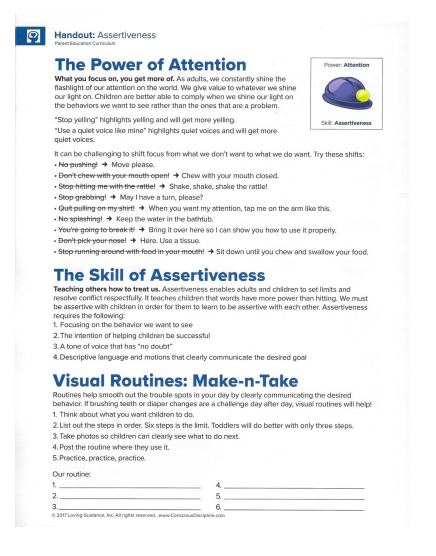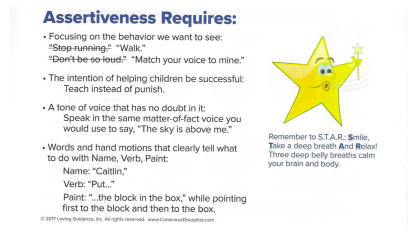Bayfield Early Education Programs (970) 884-7137
645 Fox Farm Circle | Bayfield, CO 81122
beeppreschool1@gmail.com
Thank you for visiting! Follow us on Facebook!
As a non-profit organization, we rely on tuition payments and fundraisers in order to offer our preschool curriculum. Please take the time to make a tax deductible donation! Call, mail, or email and we will gladly assist you. Your thoughtfulness is appreciated.
645 Fox Farm Circle | Bayfield, CO 81122
beeppreschool1@gmail.com
Thank you for visiting! Follow us on Facebook!
As a non-profit organization, we rely on tuition payments and fundraisers in order to offer our preschool curriculum. Please take the time to make a tax deductible donation! Call, mail, or email and we will gladly assist you. Your thoughtfulness is appreciated.
Proudly powered by Weebly


